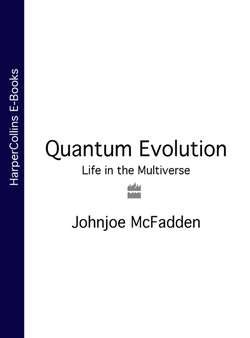Читать книгу Quantum Evolution: Life in the Multiverse - Johnjoe McFadden - Страница 12
LIFE IN THE DARK
ОглавлениеIt is often stated that all life on Earth depends ultimately on the energy from sunlight. Plants need sunlight, animals eat plants and some animals eat other animals. But the oceanic trenches discovered by Alvin are thousands of metres below the ocean surface, far beneath the depths that light can penetrate. These ecosystems thrive in the dark by capturing chemical energy from the hot vents. The bacteria that form the basis of these deep ocean food chains are called lithotrophs, literally rock-eaters. Like plants, they extract carbon dioxide from seawater and string the atoms together to make sugars; but, unlike plants, they use minerals (principally hydrogen sulfide) spewed out of the volcanic vents as a source of energy. The bacteria eat hydrogen sulfide; everything else eats the bacteria.
Christian Lascu and Serban Sarbu discovered another lightless ecosystem in a limestone cave in southern Romania. The cave appears to have been isolated from the surface for five million years; yet Lascu and Sarbu found transparent crabs, blind spiders and water scorpions crawling through its dark, damp interior. Microbial mats that cover the surface of a ground-water lake and the limestone walls of the cave, nourish the whole ecosystem. The bacteria appear to be able to extract carbon from limestone (calcium carbonate), using energy derived from the oxidation of hydrogen sulfide dissolved in the ground water.
